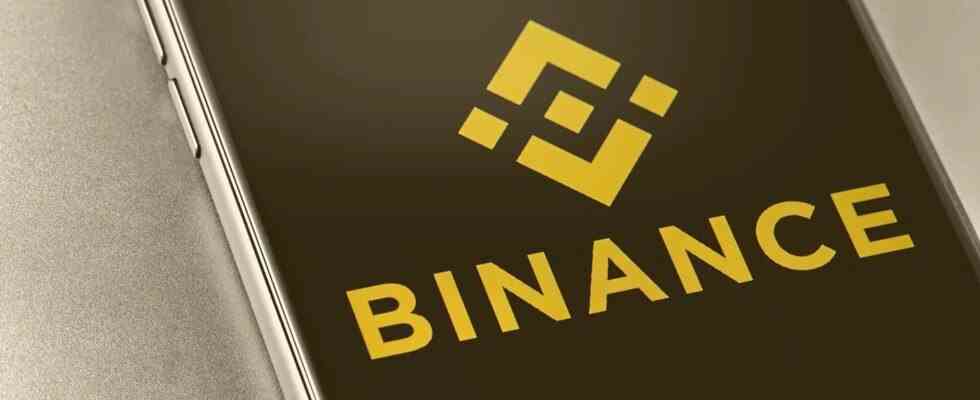FTXApproaching the problem of insecurity among investors after the bankruptcy of Binance CEO Changpeng Zhao presented the idea of proof-of-reserve on this issue.
After the idea of proof of reserve, CZ also disclosed Binance’s reserves and agreed with audit firm Mazars.
Mazars has recently become the world’s largest cryptocurrency The exchange announced that its Binance reserves were audited, fully secured and the collateralization rate was 101%.
However, one of the biggest media actors in the USA, Wall Street Journalclaimed that Binance’s reserve audit report did not inspire confidence, and that Binance’s financial situation still remained a secret despite the audit report.
The WSJ backs up these claims. Douglas Carmichael, former chief auditor of the US Public Companies Accounting Oversight Board (PCAOB) showed his comments.
Saying that despite Binance’s audit report, investors should still be dissatisfied with the report and should be careful, Douglas Carmichael criticized Mazars’ report for lack of information:
“The purpose of the report is actually to show clients that the assets in the report are collateralized, exist on the blockchain, and are under the control of Binance. However, there are some shortcomings in this report.
I don’t think Binance’s audit report answers all the questions an investor might have about the adequacy of the collateral.”
Experts speaking to the WSJ also noted that Binance’s proof of reserve shows that customer funds are secured by 97%, excluding assets lent to users through loans or margin accounts.
In other words, experts said that the view that “reserves meet a one-to-one ratio to customer assets” advocated by Binance is not true.
For exclusive news, analytics and on-chain data Telegram our group, twitter our account and YouTube Follow our channel now! Moreover Android and iOS Start live price tracking right now by downloading our apps!
